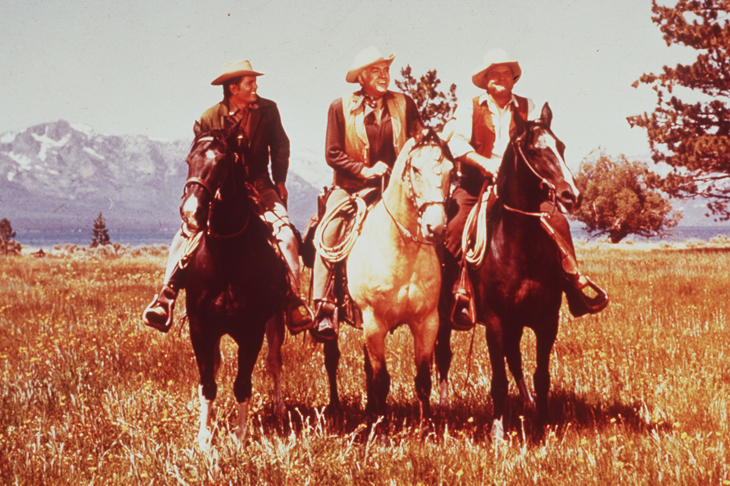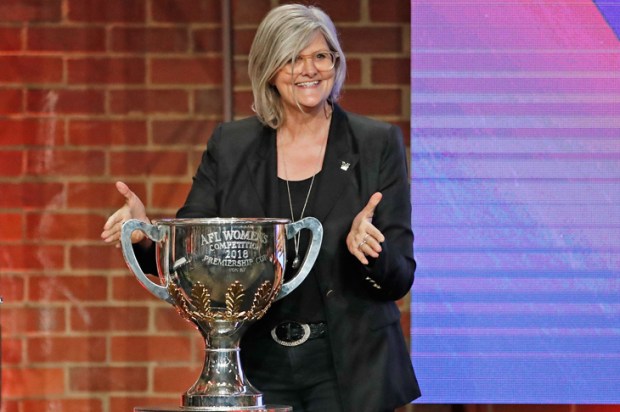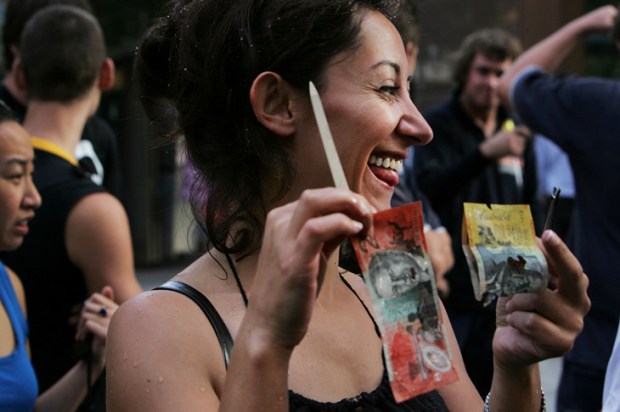There are currently three major Aboriginal cultural projects under construction in Australia. Tarrkarri, to be built in Adelaide, ‘will provide a platform for the world to learn about the unique cultures and incredible story of Australia’s Aboriginal and Torres Strait peoples’. It will, according to David Rathman, the centre’s ‘ambassador’, ‘be a place of belonging, healing and reconciliation’ and ‘it will allow us to express our hurts, understandings and our beliefs’.
In Alice Springs, the Northern Territory government has committed an initial $50 million to the gallery project as part of its $100 million investment in a nationally significant Arts Trail which ‘will become a touchstone experience for Australians and international visitors seeking to better understand Aboriginal and Torres Strait Islander culture, and to celebrate Aboriginal and Torres Strait Islander art as a quintessential element of our shared national story’.
The project will ‘help change the way that Aboriginal and Torres Strait Islander culture is understood and experienced, placing our First Nations peoples and their culture at the very centre of Mparntwe aka Alice Springs. We will build an institution that is a model for how we accept and engage with our history and build a shared future together’.
And of course, we are all eagerly awaiting more details on Ngurra which is to be built on the shores of Lake Burley Griffin and will, according to Ken Wyatt, provide ‘a new perspective on our shared history, as a significant moment for truth-telling, and a new place where the diversity of Indigenous Australia and one of the world’s oldest living cultures will be celebrated’.
Together these three taxpayer-funded institutions will ram down our throats a highly selective record of pre contact indigenous life. We will be told about the 65,000 years of continuous culture and be again provided with a romanticised view of tribes of hunter gatherers, and agriculturalists living in harmony with each other and with nature. In short, we will be told a bunch of lies.
If you were around in the Fifties and Sixties and had a television set you will recall the endless stream of programs dealing with the American westward expansion in the nineteenth century. Shows such as Wagon Train, Cheyenne, High Chaparral and Bonanza presented a fictionalised account of the dispossession of the native American Indians and their futile attempts to resist the coming of the Europeans. Collectively the cowboy genre represented a massive distortion of historical reality which was corrected from the Seventies when a number of novels and films presented a more balanced account of the American-Indian Wars.
In Australia today we are in the middle of an equally massive distortion of historical reality but in the opposite direction. Whereas the American Indians in the cowboy shows were usually portrayed as treacherous savages bent on killing peaceful migrants looking for a better life, the Australian Aborigines are today portrayed as peaceful victims of a genocidal invasion by brutal white men. In the cases of both the American Indians and the Australian Aborigines, from the Seventies onwards, we see the romanticisation of pre-contact native life.
The three centres currently being developed all seem to attach importance to ‘truth telling’ and the richness of Aboriginal culture but here are a few ‘truths’ that will not be told in any of these monuments to government profligacy.
Cannibalism. It was widespread and had many forms. Pietistic cannibalism, revenge cannibalism and opportunistic cannibalism. In Kings in Grass Castles Mary Durack claims that, in some Queensland tribes, mothers would eat their stillborn babies to re-incorporate their two spirits. This would be classed as pietistic cannibalism. E.G. Heap tells us that ‘On the lower Tully River a woman could be eaten as a punishment for leaving her husband’. Clearly this would be classed as an example of ‘revenge cannibalism’ and the academic and historical literature is replete with examples of this sort of behaviour.
Ritual Defloration The Unambal of the Kimberley were one of many tribes which practised ritual defloration of girls at menarche. A group of men from the girls’ marriage class would all participate. Among the Walpiri an old man, assisted by an old woman, would use one or two fingers to deflorate girls. Ritual defloration was the socially approved practice in many Aboriginal ‘nations’.
Kurdaitcha or bone-pointing was used when people died. Death, according to some Aboriginal beliefs, was never due to natural causes except for the very old. Whenever a young person died it was due to someone else and the Kurdaitcha man’s job was to identify the person and extract compensation or revenge. Consequently an endless chain of payback killings was common.
The point about these and many other pre-contact Aboriginal social practices is not that, by current day standards, they are, to say the least, completely unacceptable. All cultures evolve. In the West, we no longer hang, draw and quarter traitors. In the navy we no longer keelhaul disobedient sailors. But we do honestly and openly admit that these and many other barbarous practices were socially sanctioned in our past.
You won’t see any discussion of cannibalism, ritual defloration or any other customary form of behaviour which is no longer acceptable in any of the cultural centres that are shortly to be inflicted on us. The infantile version of Aboriginal history which is now presented to us in the media is incapable of dealing with the reality of indigenous life. The ABC presents, ad nauseam, daily references to the riches of 65,000 years of continuous Aboriginal culture without exploring in even the shallowest way, exactly what those riches were.
The Aboriginal industry is keen to talk about past injustice but has no interest in presenting an honest account of pre-contact or, if you prefer, pre-invasion daily life.
This one sided presentation of history will ultimately be self-defeating. The more strident the professional Aboriginals become, the more mainstream Australia switches off. The 660 million dollars that are to be spent on, these three white (black?) elephants, will be completely wasted unless they can present an honest, balanced account of pre-contact Aboriginal life.
Don’t hold your breath.
Got something to add? Join the discussion and comment below.
Get 10 issues for just $10
Subscribe to The Spectator Australia today for the next 10 magazine issues, plus full online access, for just $10.
You might disagree with half of it, but you’ll enjoy reading all of it. Try your first month for free, then just $2 a week for the remainder of your first year.














Comments
Don't miss out
Join the conversation with other Spectator Australia readers. Subscribe to leave a comment.
SUBSCRIBEAlready a subscriber? Log in